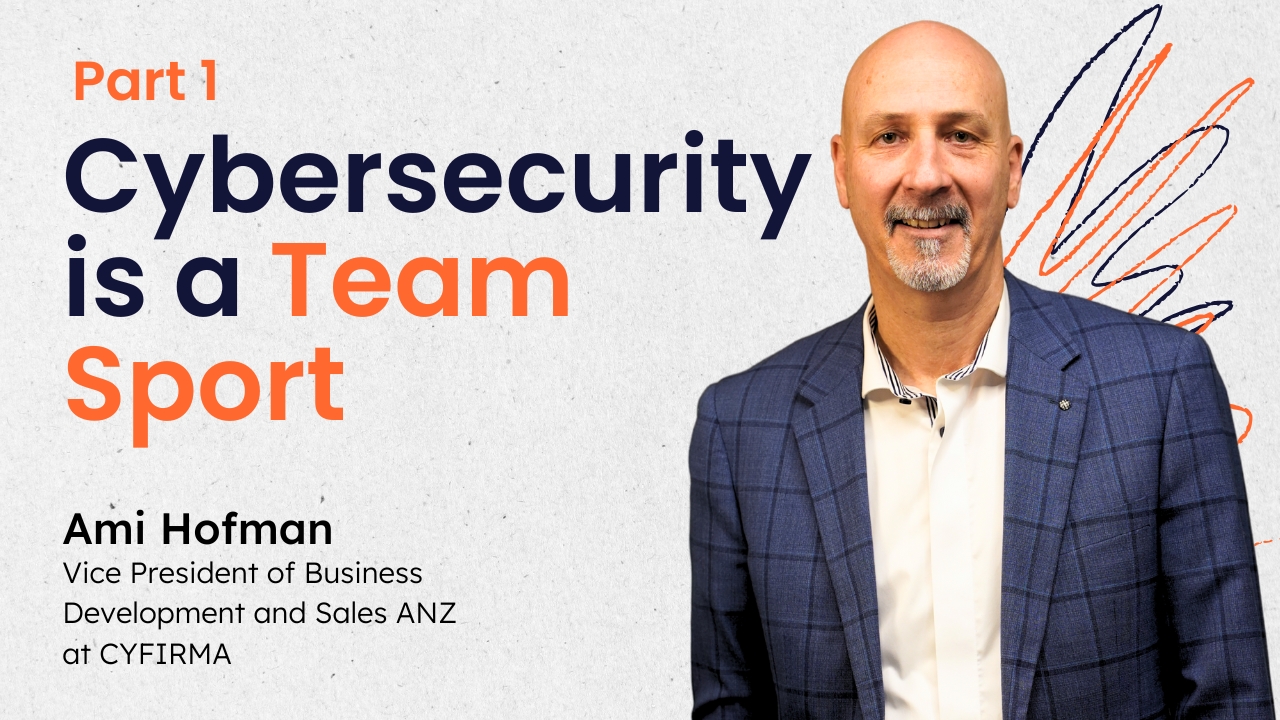6 Ways to to Optimise Your LinkedIn Profile

As a job seeker in the 21st century, you’ll probably be familiar with LinkedIn and its value as a resource for professional networking. Taking the steps to create a strong LinkedIn profile will connect you to people who can lead you to your next job opportunity: think recruiters, hiring managers, industry professionals and businesses looking to hire.
1. Use a professional profile picture
While a LinkedIn profile with a photo is more likely to be viewed than one without one, it’s important to make sure that the picture you choose displays your professionalism and approachability. Opt for a headshot as opposed to a selfie. Wear something smart and skip the silly poses — you want to appear happy, friendly and professional.
2. Choose an enticing profile headline
Your LinkedIn headline is the first thing someone sees when your profile appears in search results. It is also shown when someone is viewing your profile through one of their contact’s connections, and when LinkedIn suggests your profile to another user.
Using 220 words or less, your profile headline should provide a summary of what you do and prompt viewers to click on your profile to connect with you. Share something that makes you seem relatable, admirable, and approachable. Don’t be afraid to talk about your passions, your mission, or anything else that is important to you as a professional in your industry.
3. Personalise your LinkedIn URL
With over 600 million professional profiles and counting, standing out from people with the same name as you can be tricky. A great way to address this issue is by changing your LinkedIn URL (the unique link connected to your profile) to something that makes you appealing and identifiable. For example, if you’re a Machine Learning Engineer, you could use something like JohnSmithML. If you’re a UX Designer, it could be JohnSmithUX. Get creative and try to come up with a URL that looks professional and summarises your role.
4. Increase your endorsements and recommendations
LinkedIn endorsements are an easy way for your colleagues and connections to acknowledge your expertise in a specific field. These seemingly simple endorsements can elevate you and your profile above the other thousands of people on LinkedIn aspiring for the same career path as you.
A LinkedIn recommendation is a written testimonial that is added to your profile by a connection who took the time to write out why you are a great person to work with.
Recommendations add more value to your profile than the one-click endorsements — but both are still necessary for a successful profile.
Determine which of your technical skills and core competencies are most important to your industry and relevant to your current job goals. List these skills first, from most important to least important. This is a road map for people to endorse the correct talents.
Instead of sending every connection the same generic “please endorse me” messages, personalise your requests by making note of a specific project you worked on with each person you ask. Gently remind them of your contributions, and ask them to offer comments on the project in the form of skill endorsements or recommendations.
5. Include keywords in your work experience
In your "Experience" section on your LinkedIn profile, use bullet points to highlight accomplishments and quantify your work experience. Think about relevant keywords to include naturally in your writing. The more keyword-rich your profile is, the more likely it'll show up in search results. It's also important to make sure the information you include in your "Experience" section on your LinkedIn profile matches the information in the "Work History" section on your resume, so you don't confuse recruiters and hiring managers.
6. Engage in relevant LinkedIn groups
LinkedIn offers a diverse selection of groups that you can (and should) join—professional associations, industry groups, alumni groups, and more. If they're relevant to your profession or skills needed for the job, share their badge on your profile. It helps hiring managers and recruiters see that you're connected and active in networks that are important. You can also benefit by taking things a step further with LinkedIn Groups, like participating in discussions and sharing interesting articles to get your name out there. Many hiring managers and recruiters will browse discussions in relevant groups to pull out potential candidates for job openings they are looking to fill.
Emmbr blog posts


Contact us to start building your dream team
Are you thinking of expanding your team? There’s no better time than now to explore our extensive offering of talent solutions.



